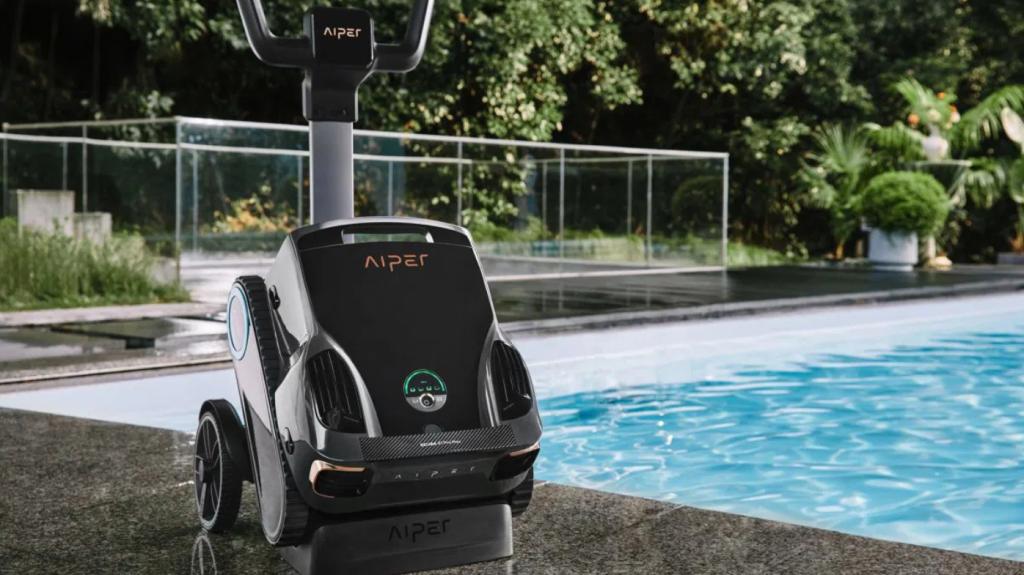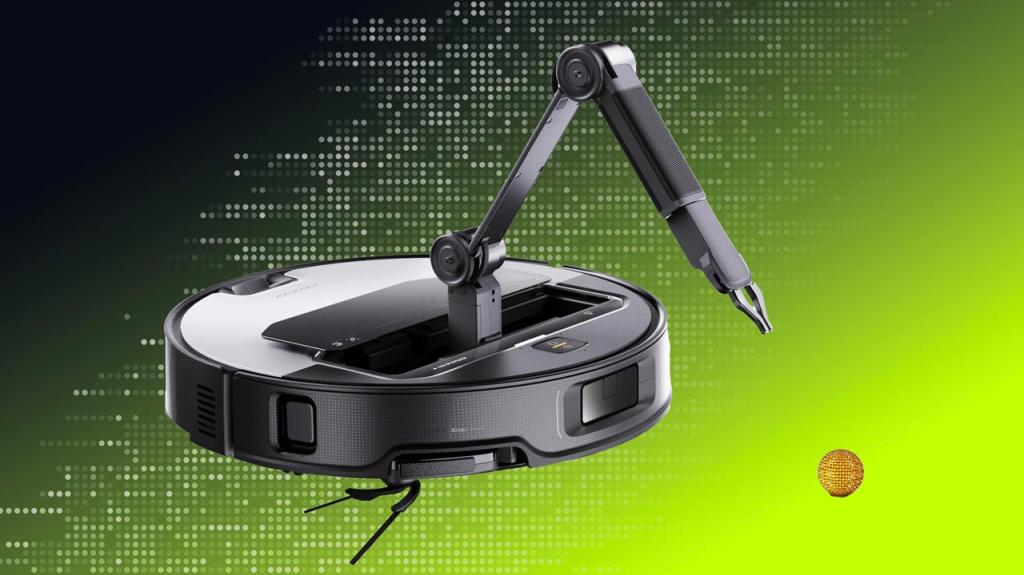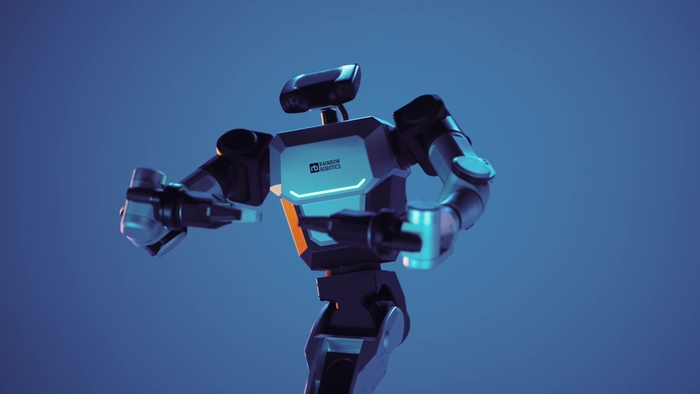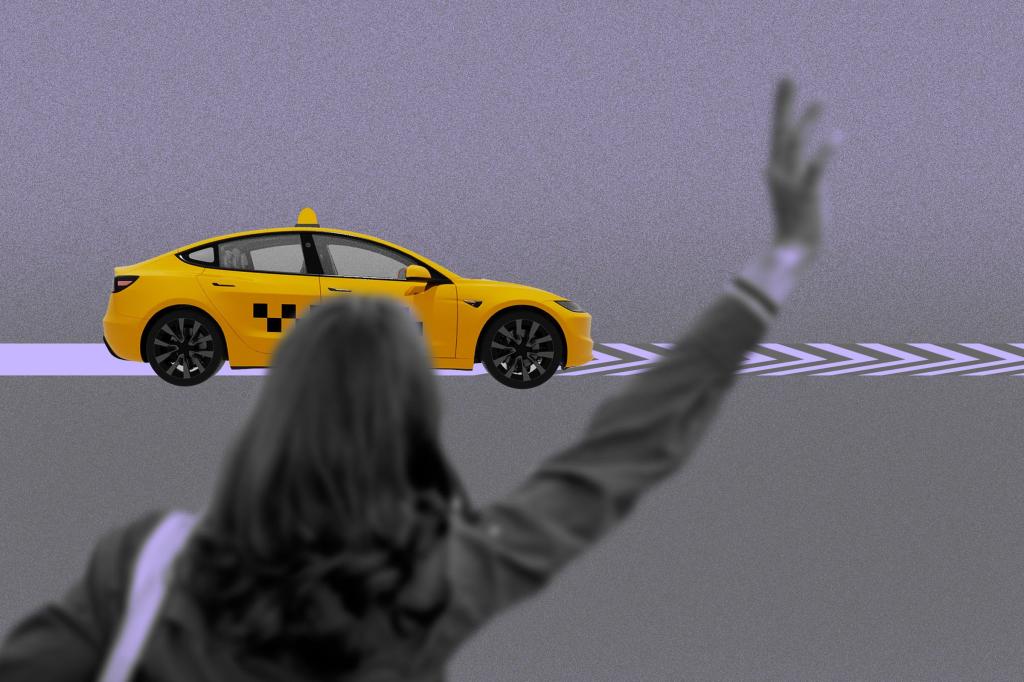Innovative Robots and AI Transform Homes at CES 2025
Explore how innovative robots and AI unveiled at CES 2025 are set to revolutionize our homes and daily tasks.
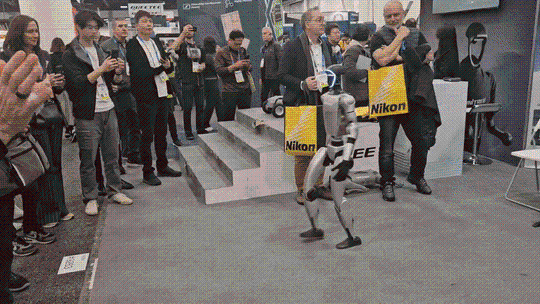
Key Points
- Humanoid robots like Unitree's G1 and Realbotix's Aria showcased advanced interaction capabilities, signaling a shift towards emotional intelligence in robotics.
- Task-specific innovations, such as Roborock
's Saros Z70 vacuum with multi-functional features, are enhancing everyday efficiency in household chores.
- Integrating AI with robotics leads to autonomous systems capable of learning and adapting, transforming our interaction with technology in daily life.
This year's
(CES) in
has once again been a platform for unimaginable technological advancements, particularly in the realm of robotics and artificial intelligence. The event showcased not just the whimsical concept of a household robot but also significant breakthroughs that hint at our future lifestyle enhancements. As we delve into the key innovations presented at CES 2025, it becomes clear that the evolution of robots is set to transform how we live, interact, and manage our daily tasks.
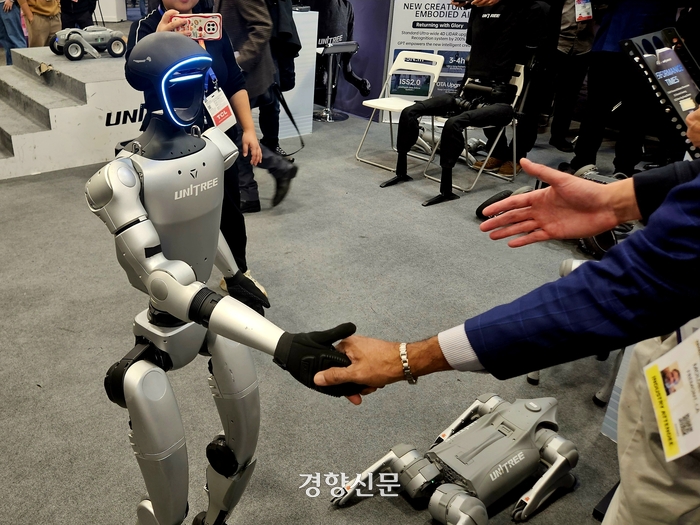
Humanoid Robots: A Step Closer to Reality
Among the standout presentations at CES 2025 were humanoid robots that impressed attendees with their human-like appearance and capabilities. Noteworthy was the ‘G1’ robot developed by Unitree, which could engage in simple interactions such as shaking hands, showcasing capabilities in mobility and interaction that bridge the gap between human and machine. This level of interactivity sets the foundation for more extensive applications in customer service and therapeutic environments.
Moreover, Realbotix unveiled 'Aria', a humanoid that could express emotions and hold conversations. At CES, Aria confidently asked attendees to pose for pictures, emphasizing the trend of emotional intelligence in robotics. This innovation is particularly encouraging as it suggests that robots might soon not just assist us but also bring a level of companionship and empathy to interactions.
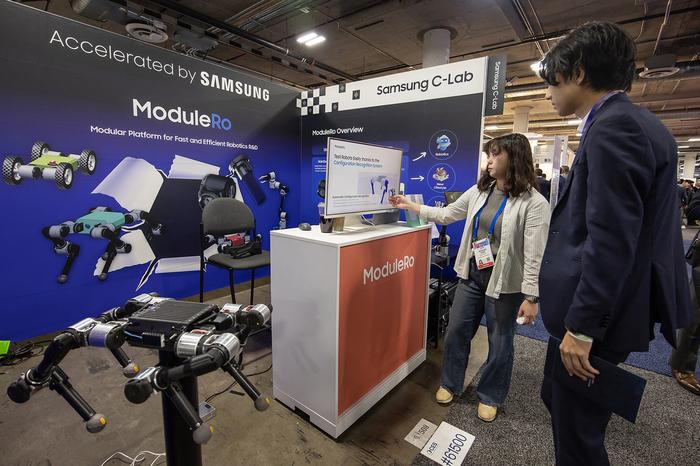
Task-Specific Robotics: Efficiency Through Innovation
While humanoid robots steal the spotlight, a more practical facet of robotics is their evolution into task-specific units capable of autonomously managing household chores. For instance, Roborock's Saros Z70 robot vacuum introduced a multi-functional arm allowing it to pick up larger debris rather than just vacuuming. Advancements like this indicate a desirable shift toward robots that can integrate seamlessly into our everyday lives, handling more than one task efficiently.
Indoor gardening and lawn maintenance robots were also highlights at CES. Improved lawnmowers by
demonstrated enhanced navigation and automation, revealing the potential for significant time savings for homeowners. Investing in these robots makes practical sense for busy families looking to outsource labor-intensive tasks.
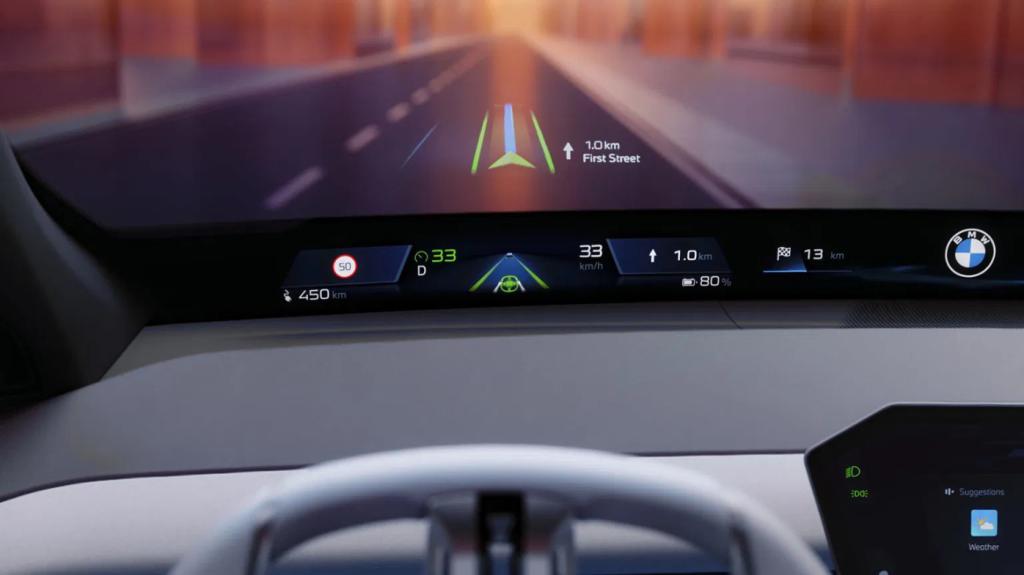
AI-Driven Developments in Robotics
Artificial Intelligence (AI) continues to be at the forefront of robotics development, going beyond mere programming to employing adaptable algorithms making robots more autonomous. For example,
's CEO,
, spoke about Agentic AI, predicting a future of digital workers capable of executing tasks with minimal human input. This progressive wave indicates that soon, we might not just have robots following commands but those that can learn and adapt to their environments and user preferences.
The concept of Decentralized AI is also gaining momentum. With AI processes distributed across decentralized networks, concerns regarding data privacy and integrity can be addressed more effectively. This innovation could ensure that our robotic servants are not merely functional but also secure and responsive to user needs.
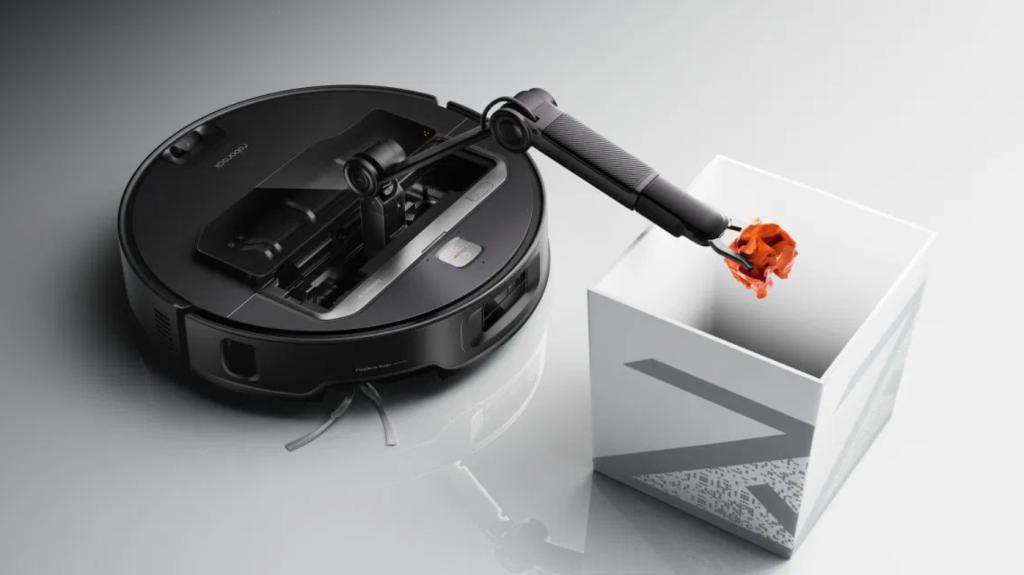
The Road Ahead
As CES 2025 has illustrated, the future of robotics is not just about machines designed for entertainment or labor; it is about enhancing the quality of life through improved efficiency and emotional connectivity. Bringing together AI, robotics, and insights from consumer needs, the innovation we are witnessing today signifies how swiftly our living environments will adapt.
Ultimately, the synthesis of these elements predicts a world where everything, from the mundane to the essential, will be managed by intelligent systems, integrating seamlessly into our lives. Robotics is set to redefine not just how we perform tasks but also how we interact with technology itself.
